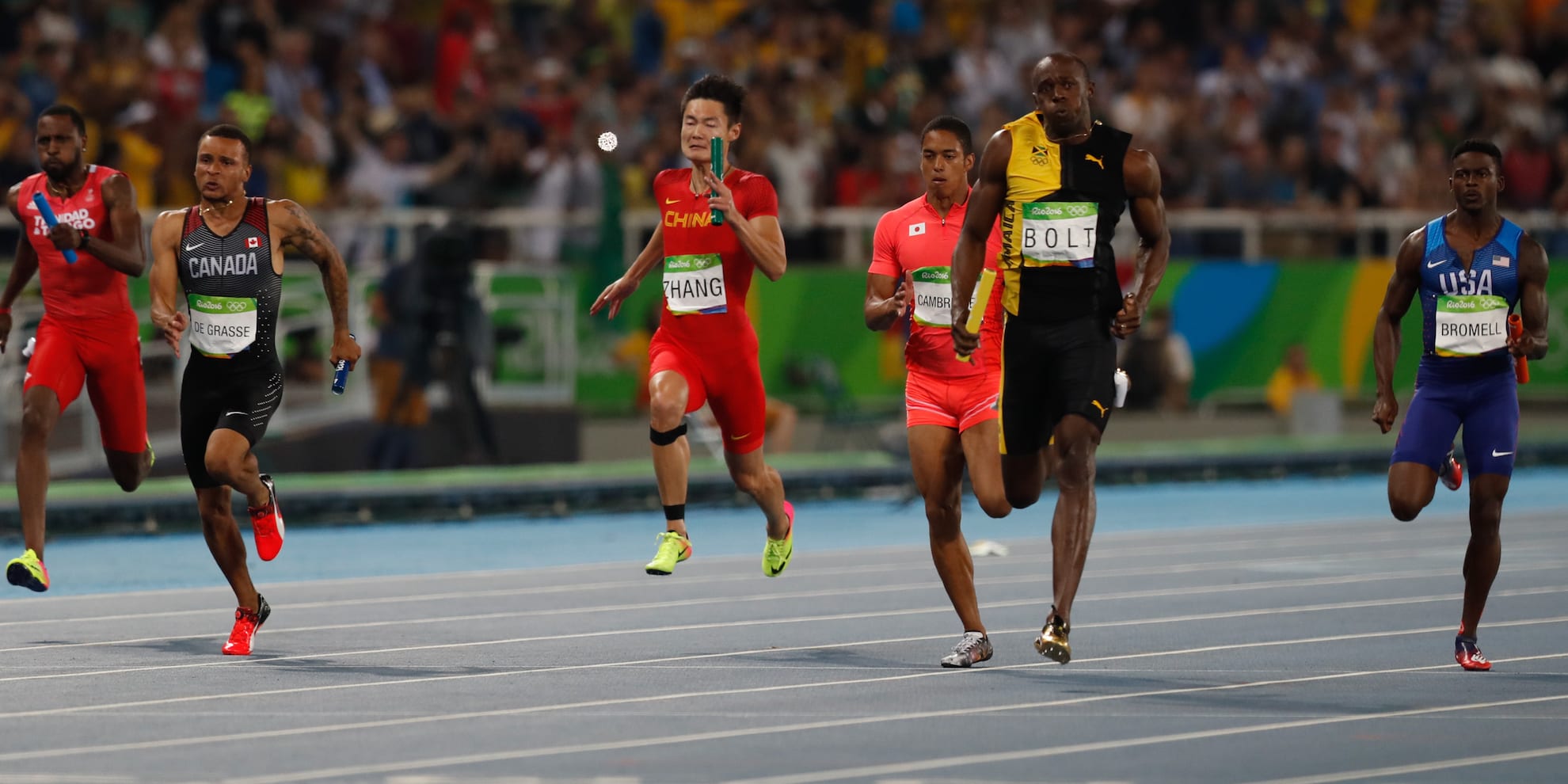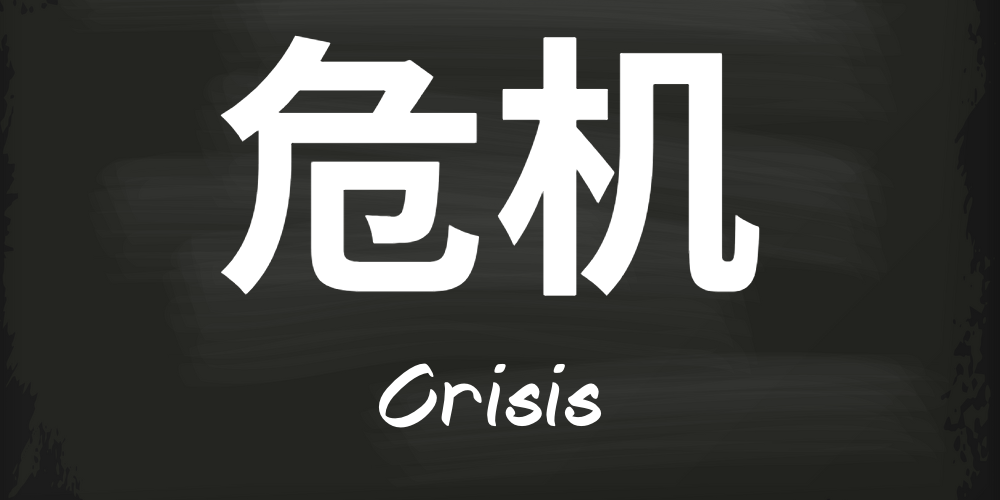
Using lean problem solving at the Rio Olympics
FEATURE – At the 2016 Olympics in Rio, the Japanese Men’s 4x100m relay team went from being the underdogs to winning a silver medal by apply lean problem solving.
Words: Christoph Roser, Professor of Production Management, Karlsruhe University of Applied Sciences.
Main picture: Fernando Frazão/Agência Brasil
At the Rio Olympics, the odds were stacked against the Japanese Men’s 4x100 meters relay team. No runner on the team could run 100 meters faster than 10 seconds, whereas all other teams in the final (except for Brazil) had at least one runner faster than 10 seconds over 100 meters. In fact, all runners on the US team and the Jamaican team could run 100 meters in less than 10 seconds, including Jamaica’s Usain Bolt, who holds the world record with 9.58 seconds.
Below is the overview of the sum of the personal records of the runners of each team, expressed in seconds. Jamaica had Usain Bolt and other excellent runners, and the sum of their personal records comes to 38.89 seconds. Japan is the second-slowest team in the finals, after Brazil, at 40.38 seconds.

Looking purely at these numbers, Japan should have had no chance of winning any medals. Instead, Jamaica, the US, and Trinidad would be on the podium. Yet, Japan made second place, after Jamaica! Below, you can see how many seconds the relay time of each team was faster than their personal bests. Relays are usually faster than the individual times, since three of the four runners have a running start. Here, Japan outscored all the other teams. By developing a better way of handing over the baton through problem solving and the deployment of standards, the Japanese team gained over one second on Jamaica and the USA (which had the sloppiest handovers and was also disqualified for handing over outside of the zone). A one-second advantage is huge in Olympic 4x100m relay races.

A DIFFICULT HANDOVER
The 4×100 meters relay race has four athletes running over 100 meters while carrying a baton that will be passed three times from one runner to the next. The handover has to take place within a changeover box. If they miss this area, they are disqualified (which happened to the US team in the finals, even though they were still behind Japan).
The speed and quality of the handover is crucial, which makes this a much-researched topic in sports. Many teams fail because they mess up the handover or even drop the baton altogether. Additionally, having to hold your hand in position for the baton handover reduces your running speed. Usually, the next runner just holds his hand in place without looking, and the previous runner places the baton in the hand. Some verbal cues can help with the timing of the process.
Where to hold the baton is a critical question in relay races. There are several possibilities, but most athletes hold it at the bottom (number 1 in the image), which seems to make running easier. (I actually tried this one out, and it is indeed easier – then again, I run like a three-legged cow tied to a post).

This way of holding the baton creates a problem for the handover process. The easiest way to hand it over is an upsweep roughly at hip height (as shown in the image here), with the baton roughly horizontal. However, this approach creates the problem that the next runner, who will find himself having to hold the baton in the wrong spot (number 3 or number 2 in the image above). The runner would either have to run with an odd baton position, switch hands, or have to adjust the baton, which requires two hands and increases the risk of dropping it. All of these options will slow him down. If the subsequent runner wants to grab the baton in an upsweep position, he will find the hand of his teammate already there – completely in the way.
The most common alternative involves quite a bit of arm-twisting. The runner picking the baton twists his arm and hand upward so that he can grab the baton from below. This way the baton will be in a good position for the next leg to run (number 1 from the baton positions above). The baton is almost vertical during the handover. Unfortunately, the twisting comes at a cost. The hand and arm have to be very high, tilting the upper body of the runner forward. This makes running harder. Looking over your shoulder is also time consuming and not advised, even though it even happens in Olympic races.

JAPANESE PROBLEM SOLVING APPLIED TO RELAY

Shunji Karube, a former 400 meters runner and now a sports professor at Hosei University in Tokyo (here’s his blog in Japanese), has been researching running and relays for a long time. Since 2014, he has worked for the Japan Association of Athletics Federations (JAAF) on improving and researching the relay race.
My experience with Japanese problem solving is that they look at many, many different solutions and try out a lot of them. At one point, Karube addressed the problem of putting the hand on top of the other in the baton handover process (I assume involving many other runners and experts to tackle the problem)… and found a solution.
Indeed, Japanese relay runners do tend to put their hands on top of each other during the handover. It doesn’t look easy, but they manage it effortlessly. (It actually reminds me of how to hold a Japanese sword, of which I know a little bit more as the proud holder of the 6th kyu in Kendo. If you know martial arts, you know that this is the level of six-year-old in Japan... nevermind, I am just trying to impress you with fancy Japanese words. Isn’t that what lean is about?!)

The above sketch gives you an idea of the standard deployed by the team (there is much more that I don’t know about): the receiver spreads his hand wide and the previous runner slides the baton forward, right in the web of the thumb. The receiver grabs the baton and the previous runner pulls his hand out from underneath the next runner’s hand. (The French have a similar approach, but with an upward sweep.)
There are definitely verbal cues involved, so the next runner doesn’t have to look over his shoulder. Synchronizing the steps is critical here, and it is already common to hand over left hand to right hand or vice versa and to give the fastest runner the final stretch to run. (I am sure Karube looked into this too.) In Rio, the Japanese team also considered the reliability of the handover – baton passes are notoriously tricky and many teams in world-class races have failed or disqualified themselves due to a faulty pass.
They also tweaked the technique to improve the distance between runners during the handover. The further apart the runners are, the less they have to actually run. Compared to 2008 they improved by almost one meter per handover, turning a 4x100m relay into a 100+3x99 meters race. Here, the previous runner does most of the reaching out. Naturally, they also optimized the time for the handover, requiring much less fiddling than other teams.
The shoulder position was improved. Previously the shoulders of the next runner tilted to the right by about 15 degrees when receiving in the left hand. Now, the shoulders are almost level. The team also researched other things, like the optimal handover point (middle of the zone, except for the first runner, where it is the last third) or adjusting the trigger point signaling the next runner to start. They used three high-speed cameras to support their research.
Getting the standard to the athletes was the next step. Because the team is put together shortly before the Olympics, Karube worked with the potential candidates for six months to extensively train them in the best possible handover. In contrast, the Jamaican team practiced only a few times before the actual race.
There is no standard that cannot be improved, of course, and Karube has been focusing on how to further optimize the baton-passing process to make the Japanese team even faster. After all, the next Olympic Games, in 2020, will be in Tokyo… no doubt winning a gold medal on their home turf would do the team very proud!
Many thanks to John Shook for giving me the idea on this topic during the Lean Global Network meeting in Barcelona and Tenerife.
Many thanks to Prof. Shunji Karube for his input and the permission to use his photo.
This article is also available on Christoph’s blog All About Lean – head there for great advice and analysis.
THE AUTHOR

Read more


FEATURE – Upon realizing they were struggling to engage people in continuous improvement, Fuji Xerox Australia’s IT team found a unique way to breathe new life into its lean efforts… a book club.


EVENT LAUNCH - Save the date! The Lean Global Connection 2024 will take place on November 21 and 22. In this article, our editor introduces the event's theme and tells us what attendees can expect from the largest online lean event in the world.


INTERVIEW – The lean journey of the Engineering and Maintenance Department of Colombian airline Avianca proves how important it is for leadership to spearhead change.


FEATURE – In this article, Michael discusses the four levers that organizations can work on to thrive in good times… and bad times.

